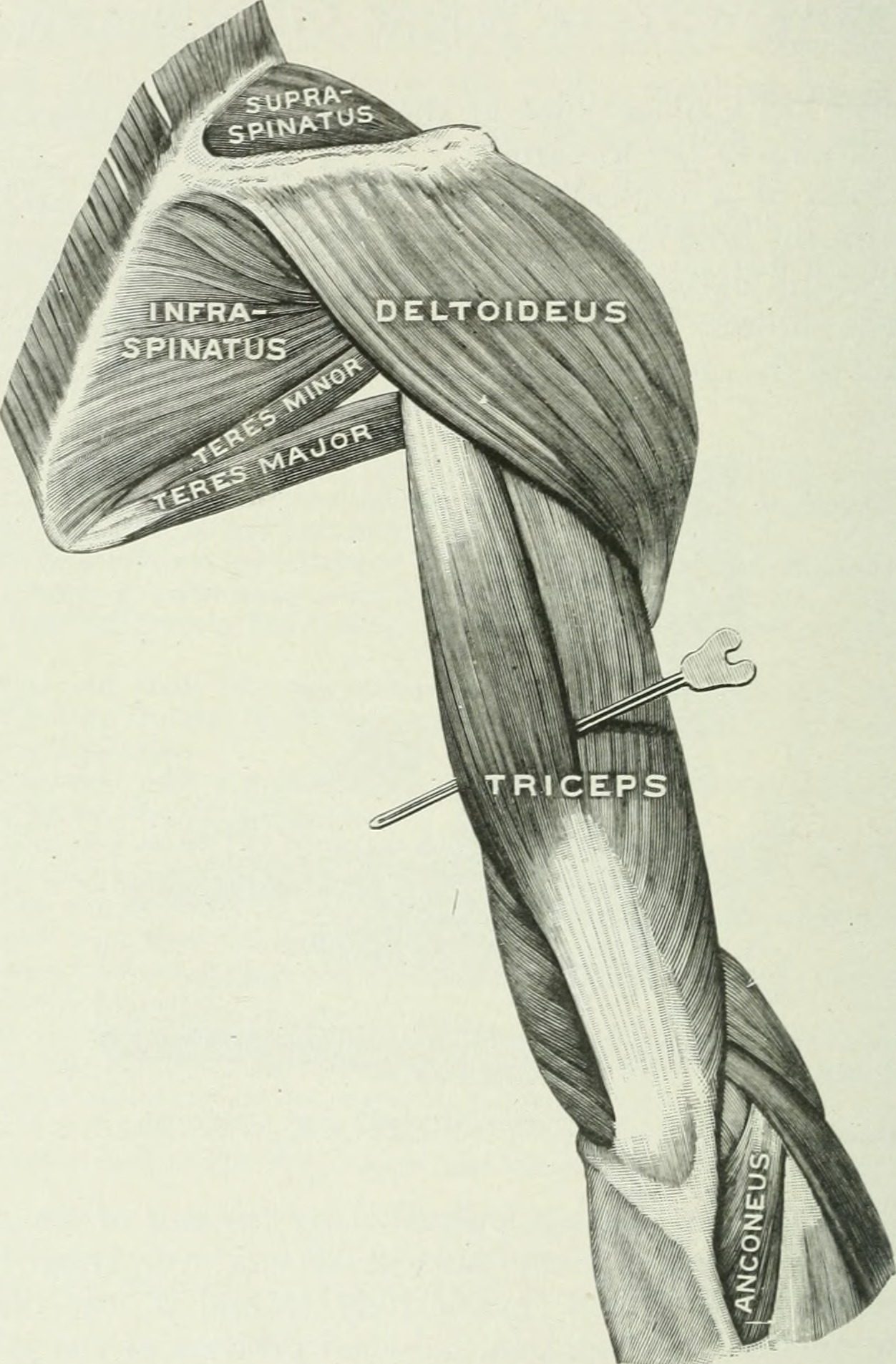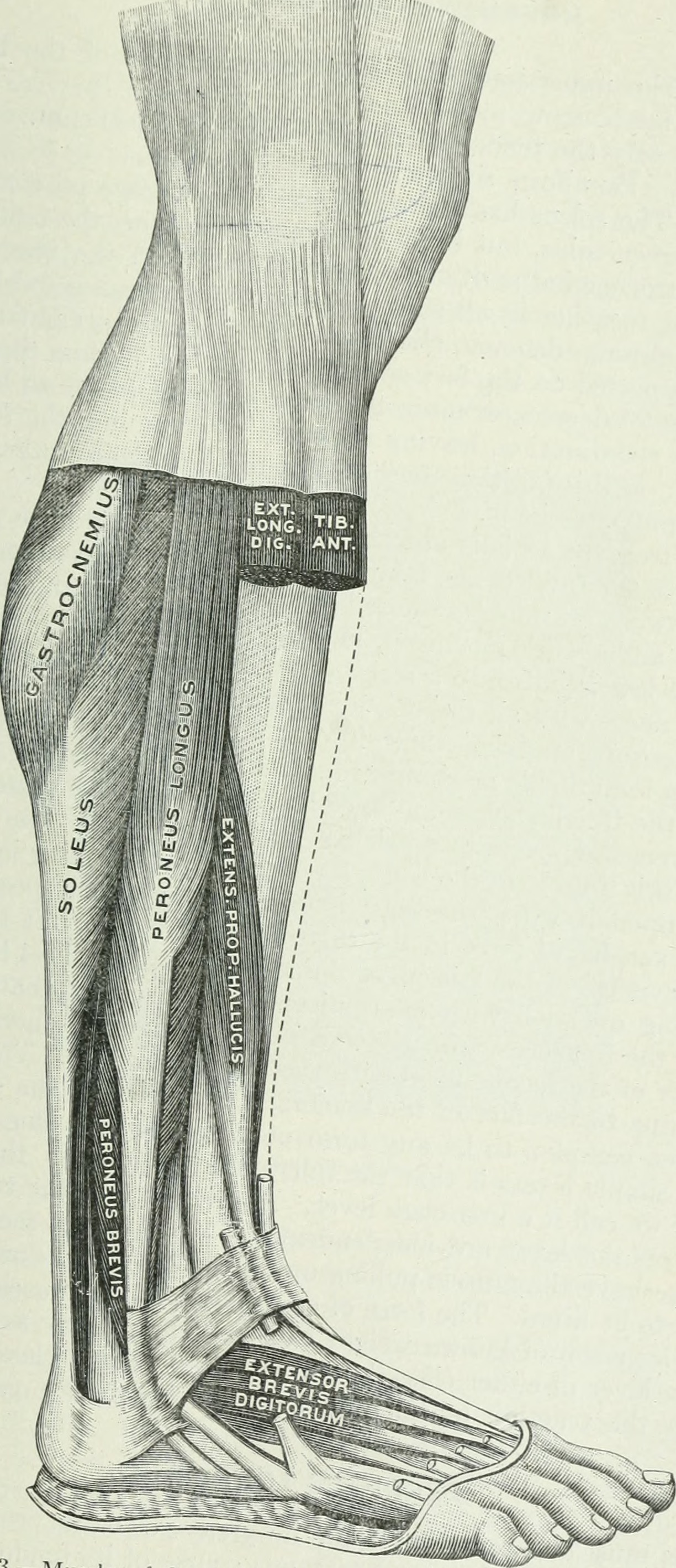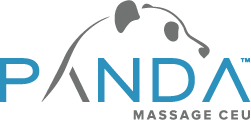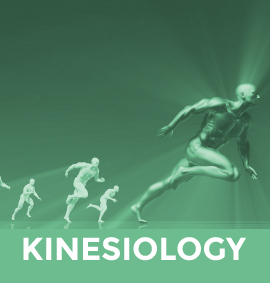Kinesiology for Massage CEU Course – Outline and Learning Outcomes
As part of your professional massage and bodywork practice, you see a wide range of clients. Each person who walks through your door has their own unique sets of needs, along with a particular medical and personal history. Your job as a practitioner is to assess their current state based upon their needs, conditions, and history, and provide them with the best treatment possible in order to help them reach their optimized individual level of wellness.
Some clients might approach you because of high levels of stress. They may not be looking to make major changes in their physical condition, but might instead strictly be interested in gentle massage for the purpose of relaxation. Other clients might come in to see you after experiencing an acute injury of some kind. They may want to incorporate bodywork into a comprehensive treatment plan to help them overcome their immediate issues. Still others might be suffering from chronic pain as a result of some long-standing physical condition. These clients will likely need many sessions in order to make any headway towards reversing their issues.
You have a wide variety of techniques available to you depending on what a client presents with. To help them heal, you might utilize deep tissue work, hot stone therapy, Swedish massage, cupping, or any number of other modalities. At the end of the day, though, your ability to implement any of these approaches comes down to a thorough understanding and appreciation of something fundamental: the inner workings of the human body’s physical structures as they relate to movement.
Have you ever thought about how fundamental the nature of human movement is to your practice? If someone comes in with hunched shoulders, or an extremely limited range of motion in one arm, are you able to fully appreciate every muscle and joint involved in their current condition?
Are you looking to deepen your understanding of human movement? Panda Massage CEU™ penetrate has the answer: our kinesiology for massage professionals CEU course. Want to learn more? Just keep reading.
Learning Objectives for Our Kinesiology for Massage CEU Course

Maybe you’re not quite sure whether this program is the ideal option for you as a bodywork professional. Will it really add to your day-to-day practice? What will you take away from it once you’ve finished up? What can you really expect to learn and retain? We know that making the decision to take a class like this one is a big commitment. It’s not just a question of money: it’s also a matter of time and energy, which you have limited amounts of as a practitioner. So, in order to help you make a decision about this program, below you’ll find an extensive overview of learning outcomes for this class.
Once you’ve taken the time to look over these learning outcomes, you’ll have a firm grasp of what you can expect to take away from this course. Additionally, taking these educational goals into consideration ahead of time will help you prepare for the course as an adult learner. What does that mean for you? Ultimately, you’ll retain more of the material, get more out of the class, and have a better experience overall.
This program will cover a range of topics. Generally speaking, we’ll discuss various scientific theories and how they relate to movement; the kinetic chain and its relationship to treatment; postural and phasic muscles; and the use of movement theory in your practice.
Let’s examine the learning outcomes for this course in greater detail. After finishing this class, you should be able to:
Apply different scientific theories to movement
Kinesiology is, in reality, something of an amalgamation of three other branches of science: anatomy, physiology, and biomechanics. In order to appreciate how these theories apply to movement, we’ll discuss each of them in detail and connect them together.
Properly identify a kinetic chain and apply it to a treatment sequence
What is a kinetic chain? How does it relate to the study of this discipline, and what does it mean for you as a practitioner? In this program, you’ll learn how to properly characterize a kinetic chain and put it to use in your daily practice.
Recognize postural and phasic muscles and how they work
In kinesiology, muscles are divided into two basic types: postural and phasic. Understanding what these groupings signify, along with how they work together, is essential to a firm grasp of the nature of human body mechanics. In this class, we’ll learn about postural and phasic muscles along with what they mean for you as a practitioner.
Utilize movement theory in your practice
What is movement theory, and how do you make it a part of client assessment and treatment? By studying the kinetic chain, postural and phasic muscles, and the roles of different muscle groups and other physical structures in the body, you’ll come to understand how human motion occurs and how to put that knowledge into practice.
Course Outline

Congratulations on taking your time to familiarize yourself with the learning outcomes for this program. At this point, you should have a good sense of what you can hope to gain from taking this course. That said, you might still have a few things on your mind. What topics (specifically, as opposed to generally) are covered in this class? What’s left out due to time constraints? How much detail is presented? Is there a lot of depth, or is the course more of a survey? How is the course formatted? All in all: is this really the right choice for me educational needs?
We appreciate that dedicating your time and energy to a class like this one is a big decision, and that’s why we’re glad to offer guidance in response to these questions. Below, we’ve created a detailed, comprehensive outline of course materials. This outline will not only answer the above questions: it’ll also help you familiarize yourself with the contents of the class in advance. By doing so, you’ll be better prepared to absorb and retain the information presented in this program.
Introduction and Science of Kinesiology
What exactly is kinesiology? How does it apply to bodywork, and to the human form? What are its scientific foundations, and what role do those foundations play in your lived experience as a massage professional? In this course, we’ll cover all of this information in depth.
Understanding the Discipline and Physical Structures
While human movement appears deceptively simple from the outside, it’s actually a highly complex activity. Understanding the discipline of kinesiology involves an understanding of the human body’s physical structures themselves. In this class, we’ll discuss these structures in great detail, including the following:
Fascia
Fascia is the multi-layered soft tissue that connects the body’s muscles and holds our physical structures in place. We’ll identify and discuss each of these tissue layers.
Cartilage
Cartilage is structured much like bone, and works to support the body’s connective tissues.
Tendons
At the ends of a muscle, there are connection points where that muscle attaches to bone. These bits of connective tissue are called tendons. Understanding the structure and function of tendons is essential to fully grasping how human movement works.
Ligaments
Ligaments are much like tendons, except that they work to attach bones to other bones, rather than to muscles.
Bones
Bones provide our bodies with a solid, structural framework. Our bodies are comprised of over 200 bones. Understanding their structure and function is an important part of the study of kinesiology. In this class, we’ll discuss all of the different types of bones, including long, short, flat, irregular, and sesamoid bones.
Muscles
Muscles are at the heart of human movement. We’ll cover the three main types of human muscles, including: smooth muscle (organs), cardiac muscle (the heart), and skeletal muscle (muscles attached to our skeletal structure).
Types of Joints
Each of the above physical structures are important. However, it’s the relationship between these structures that determine the nature of human motion. Joints are really at the center of how kinesiology, since they’re the places where bone, muscle, tendons, ligaments, and cartilage all come together and interface. In this course, we’ll discuss the three main types of joints in detail (fibrous, cartilaginous, and synovial), along with these joints’ primary functions by category: synarthrotic, amphiarthrotic, and diarthrotic.
Phasic Muscles
In kinesiology, muscles are divided into two main grouping: phasic muscles on the one hand, and postural muscles on the other. Phasic muscles are those that are, in a sense, available “on demand.” These muscles are ready to be used at a moment’s notice; however, they’re not working to withstand the pull of gravity from moment to moment. These movement-related muscles include, for example, the deltoids, triceps, and abdominal and gluteal muscles.
Postural Muscles
As opposed to phasic muscles, some muscles are considered to be postural. These muscles are postural in that they’re constantly “in phase”: in other words, they’re always being utilized. These muscles exist in response to gravity, and work to preserve our posture and gait. As a result, they tend to wear out much faster than phasic muscles, and give us trouble comparatively earlier on in life. Examples include the spinal muscles, calves, and hip flexors.
The Kinetic Chain
What is the kinetic chain? The put it in simple terms, it’s just a chain, or sequence, of events. Understanding human movement involves understanding the chain of events that surrounds it. In this course, we’ll discuss the kinetic chain in detail, including both “open” and “closed” kinetic chains.
Levers
Movement with respect to the human body and kinetic chain comes down to a matter of push and pull, or energy and resistance. Levers are an important part of understanding how that push and pull works. In this course, we’ll discuss so-called first-class, second-class, and third-class levers in the human body, and how they impact our physical movement.
Roles of Muscles
Various muscles throughout the body play very different roles as they contribute to human motion. In kinesiology, we break these roles into several distinct groups. These groups are:
Agonist or Prime Mover
A muscle which produces the main action in question is considered to be an agonist, or prime mover, with respect to that action.
Antagonist
An antagonist muscle in any given motion is the muscle which acts against the agonist, or prime mover.
Synergist
When the prime mover muscle requires the assistance of other muscles, those other muscles are considered to play the role of synergist in that particular movement.
Fixator and Neutralizer
Fixator, or neutralizer, muscles have a central role to play in movement, as they stabilize the joint and hold it in place while motion occurs.
Types of Range of Motion
Range of motion is important to consider in performing a kinesiological assessment of a client. In this course, we’ll cover the four major types of range of motion, including: active; passive; active assisted; and active resisted.
Isotonic and Isometric Contractions
A client’s ability to perform muscle contractions serves as a useful means of assessment. In this class, we’ll discuss how to assess both isotonic and isometric contractions.
Upper Body
With all of the above information under your belt, you’ll be ready to examine each region of the body in greater detail. Doing so will provide an opportunity to assess the way that various structures are connected and interrelated, and how they contribute to movement. A significant portion of the course is dedicated to this. First, we’ll look at the upper body, including the structures associated with the neck, shoulders, elbows, and wrists.
Lower Body
Once the upper body has been fully characterized, the lower body will be explored. The muscles and joints of the lower body can be similarly divided into the hips, knees, ankles, and toes.
Case Scenarios
With all of this new information in hand, you’ll be ready to consider particular client cases and how to apply your new understanding to particular scenarios. We’ll close out the course with an exploration of several case scenarios, and familiarize you with how to assess clients from the point of view of kinesiology.
What are CEUs, and Why are They Important?
Continuing your education from one year to the next is a vital, essential part of your personal and professional development. First and foremost, your education includes your day-to-day lived experience as a massage professional. Every client has something to teach you. Additionally, however, it’s incredibly important to continue your education in a more traditional format as well. If you’re looking for a way to do that, we’re here to help. Online massage CEUs, or Continuing Education Units (GUIDE TO LMT CONTINUING EDUCATION), are the ideal approach to education for busy practitioners like you.
Keep in mind that CEUs aren’t just an important component of your professional development: they’re also required by law in many states. In fact, most states across the country mandate that practitioners obtain a minimum number of CEUs each year (or every two to three years) in order to maintain a current license. Further, if you’re one of the many massage professionals who has obtained an NCBTMB National Certification credential (NCBTMB GUIDE), you’ll need to take CEU courses from an NCBTMB Approved Provider in order to maintain your certification.
Panda Massage CEU is a premiere provider of NCBTMB Approved CEUs. Our online CEU offerings meet NCBTMB requirements for National Certification, and also satisfy your state-level licensure requirements.
Why Choose Panda Massage CEU?
There might be other choices out there, but we’re far and away the best choice for online massage education. What makes Panda Massage CEU™ the best?
Quality
To be blunt: our online classes are undoubtedly the highest quality you’ll find online. We’re certain that you’ll be completely satisfied with all of our courses.
Unique Topics
Unlike other online CEU providers, we don’t have a tiny a catalogue of tired, stale course topics. Instead, we’re proud to offer a range of engaging options like hydrotherapy, cupping, deep tissue, and more!
Professional Narration
Without proper narration, an online course can be impossible to keep up with. That’s why we ensure that all of our courses are professionally narrated from beginning to end.
Video Included
A high quality, detailed video is essential to any online course. While our competitors don’t always include videos with their online programs, we ensure that every one of our classes is accompanied by top notch video footage.
Self-Paced
We know how busy you are. Running a massage practice is time consuming. That’s why all of our courses are self-paced: no matter your schedule, you’ll be able to find time for our classes.
Great Prices
We believe that value is just as important as quality. That’s why all of our online classes are reasonably priced to fit any budget. And keep in mind: you’ll save hundreds (or even thousands) of dollars with our online classes that you’d have otherwise spent on traveling to an out-of-state CEU program.


There are no reviews yet.